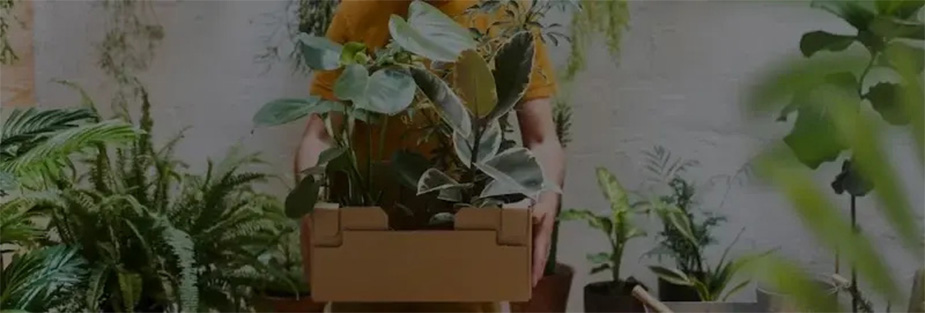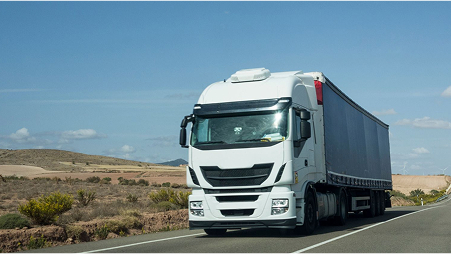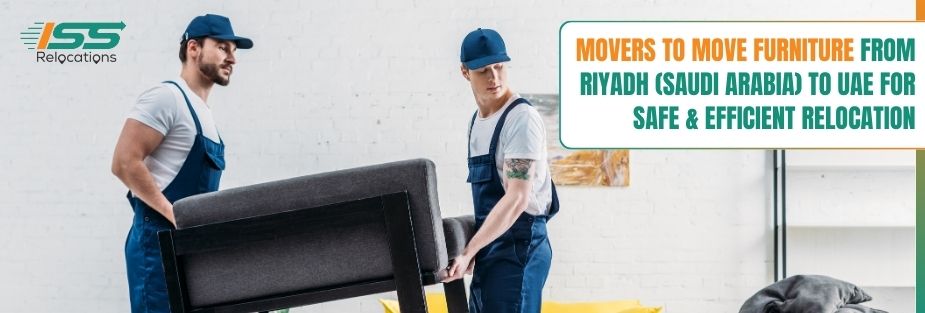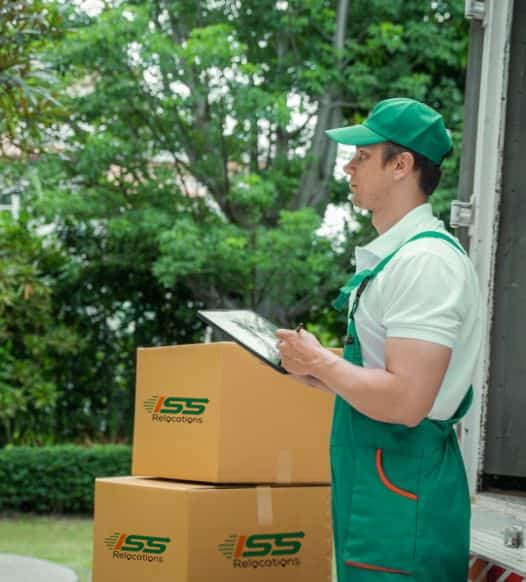
How to Move Plants with a Moving Company
Moving is a stressful process, and it can be especially challenging for plant owners. Plants are living things, and they require specific care and attention to ensure their survival during a move. Proper handling of plants during a move is crucial to ensure they arrive at their destination in good condition. ISS Relocations is a reputable moving company that specializes in transporting plants safely and efficiently. In this blog, we will discuss the importance of proper handling of how to move plants, the role of ISS Relocations in ensuring hassle-free relocation, and tips for preparing, packing, transporting, and unpacking your plants during a move. It is important to know that how to move plants properly.
Preparing Your Plants for the Move
Before you move your plants, it is essential to prepare them for transport. Here are some tips to help you prepare your plants for the move:
- Research the specific requirements of your plants for transport – Different plants have different needs during transport. Some plants require special care, such as extra water or sunlight, while others may need to be pruned or trimmed before the move. Researching your plants’ specific requirements will help you ensure their safe transport.
- Prune and trim your plants to reduce their size and weight – Pruning and trimming your plants can help reduce their size and weight, making them easier to transport. Be careful not to cut off too much, as this can damage the plants.
- Repot your plants to ensure they are secure during transport – Repotting your plants can help ensure they are secure during transport. Use a pot that is slightly larger than your plant’s current pot, and add extra soil to fill any gaps.
- Treat any pests or diseases before the move – Pests and diseases can spread quickly during transport, so it is essential to treat your plants for any issues before the move.
Relocate Plants with Care
Ensure your plants are packed, handled, and transported with expert care during your move.
Choosing the Right Moving Company
Choosing the right moving company is crucial to ensuring your plants arrive safely at their destination. Here are some tips to help you choose the right moving company for your plants:
- Look for a moving company with experience in transporting plants – Not all moving companies are experienced in transporting plants, so it is important to look for one that has the necessary expertise.
- Check the company’s reviews and reputation – Read reviews from previous customers to get an idea of the company’s reputation for transporting plants.
- Ensure the company has appropriate insurance for plant transport – Plants are delicate, and they can be easily damaged during transport. Ensure the moving company has appropriate insurance to cover any damages.
- Ask for a detailed estimate of the cost of plant transport – Ask the moving company for a detailed estimate of the cost of transporting your plants. This will help you budget for the move and avoid any unexpected expenses.
Packing Your Plants for Transport
Proper packing is essential to ensure your plants arrive at their destination in good condition. Here are some tips for packing your plants for transport:
- Use sturdy boxes or crates to transport your plants – Use sturdy boxes or crates that are large enough to accommodate your plants.
- Line the boxes with plastic to prevent water damage – Line the boxes with plastic to prevent any water damage during transport.
- Use packing material to secure the plants in place and prevent movement – Use packing material such as packing peanuts or bubble wrap to secure the plants in place and prevent movement during transport.
- Label the boxes clearly with the contents and destination – Label the boxes clearly with the contents and destination to avoid any confusion during transport.
Transporting Your Plants
Transporting your plants can be challenging, but there are steps you can take to ensure their safe transport. Here are some tips for transporting your plants:
Communicate with the moving company about the specific needs of your plants – Communicating with the moving company about your plants’ specific needs is crucial to ensuring their safe transportation. It is important to know that how to move plants properly.
Here are some additional tips to keep in mind during the transport of your plants:
1. Loading and Unloading
When loading and unloading your plants, make sure they are handled with care. The moving company should have experience with transporting plants and should know how to load and unload them properly. The plants should be placed in a secure location where they will not move during transportation.
2. Climate-controlled Transport
If you have sensitive plants that require specific temperature or humidity levels, you may want to consider using climate-controlled transport. This type of transport ensures that the plants remain at a consistent temperature and humidity level throughout the move, reducing the risk of damage.
3. Monitoring the Plants
During transport, it’s important to monitor your plants to ensure they are receiving adequate light and water. If the plants are in a dark environment for an extended period, they may begin to wilt or lose their leaves. If this happens, try to provide them with some natural light as soon as possible. Similarly, if the plants become dry, water them as soon as possible.
Unpacking Your Plants
Once you arrive at your new home, it’s important to unpack your plants as soon as possible. Here are some tips for unpacking your plants:
1. Check for Damage
Inspect your plants for any signs of damage or stress from the move. Look for broken branches or leaves, and check for any signs of wilting or discoloration.
2. Acclimatize to New Environment
Give your plants some time to acclimatize to their new environment. It may take a few days or even a week for them to adjust to their new surroundings.
3. Resume Normal Care Routines
Once your plants have acclimated to their new environment, resume their normal care routines. Water them as needed, fertilize them regularly, and prune them as necessary.
Call Our Trusted Plant Movers
Conclusion
Moving can be a stressful experience for both you and your plants. However, with the proper preparation, choosing the right moving company, and careful monitoring during transport, you can ensure that your plants arrive at your new home safely and healthy.
Remember to research the specific requirements of your plants for transport, prune and trim your plants to reduce their size and weight, and repot your plants to ensure they are secure during transport. Choosing a moving company with experience in transporting plants, checking the company’s reviews and reputation, and ensuring they have appropriate insurance for plant transport can also help to reduce the stress of the move.
If you’re looking for a reliable option for plant transport during a move, consider ISS Relocations. With their commitment to hassle-free relocation and ensuring zero damage to your belongings, they can help make your move as smooth and stress-free as possible. It is important to know that how to move plants properly.
Plan Stress-free Move with Top Moving Company in UAE - ISS Relocations

Frequently Asked Questions
How do you move your plants?
Moving plants requires careful handling to prevent stress and damage. Use sturdy containers, pack soil properly, and avoid extreme temperatures during transit. ISS Relocations provides specialized plant-moving services, ensuring your greenery stays healthy and secure throughout the move.
How do you replant a plant?
To replant a plant, gently remove it from its pot, loosen the roots, and place it in fresh soil. Ensure proper drainage and watering after replanting. ISS Relocations can help transport your plants safely, so you can replant them stress-free in your new location.
What is it called when you move a plant?
Moving a plant from one location to another is known as transplanting. This process requires careful handling to prevent shock and wilting. With ISS Relocations, your plants are packed and transported with precision, ensuring they arrive healthy and ready for replanting.
How long does it take a plant to move?
The time to move a plant depends on distance, transport method, and plant type. Short moves take a few hours, while international relocations may take days or weeks. ISS Relocations specializes in plant relocation, ensuring they stay fresh and hydrated throughout the journey.
How deep to replant plants?
Plants should be replanted at the same depth as their previous pot to avoid stress. The root ball should be covered without burying the stem too deep. ISS Relocations ensures safe plant transport, so you can replant them properly in your new home.
How do I move my plants?
To move plants, place them in sturdy boxes with air holes, secure pots with cushioning, and transport them in temperature-controlled conditions. ISS Relocations provides expert plant-moving services, ensuring your plants are handled with care and delivered safely.
What not to do when repotting plants?
Avoid disturbing roots excessively, using dry soil, repotting during extreme temperatures, and overwatering after replanting. Moving stress can impact plants, but ISS Relocations minimizes transit shock, ensuring a smooth relocation experience for your greenery.
Moving Company - Recent Blog
Stay informed and prepared for your next move with our latest blogs on moving services in the UAE. From expert packing tips to international relocation guides, ISS Relocations brings you up-to-date insights to make your moving experience smoother, safer, and stress-free.










